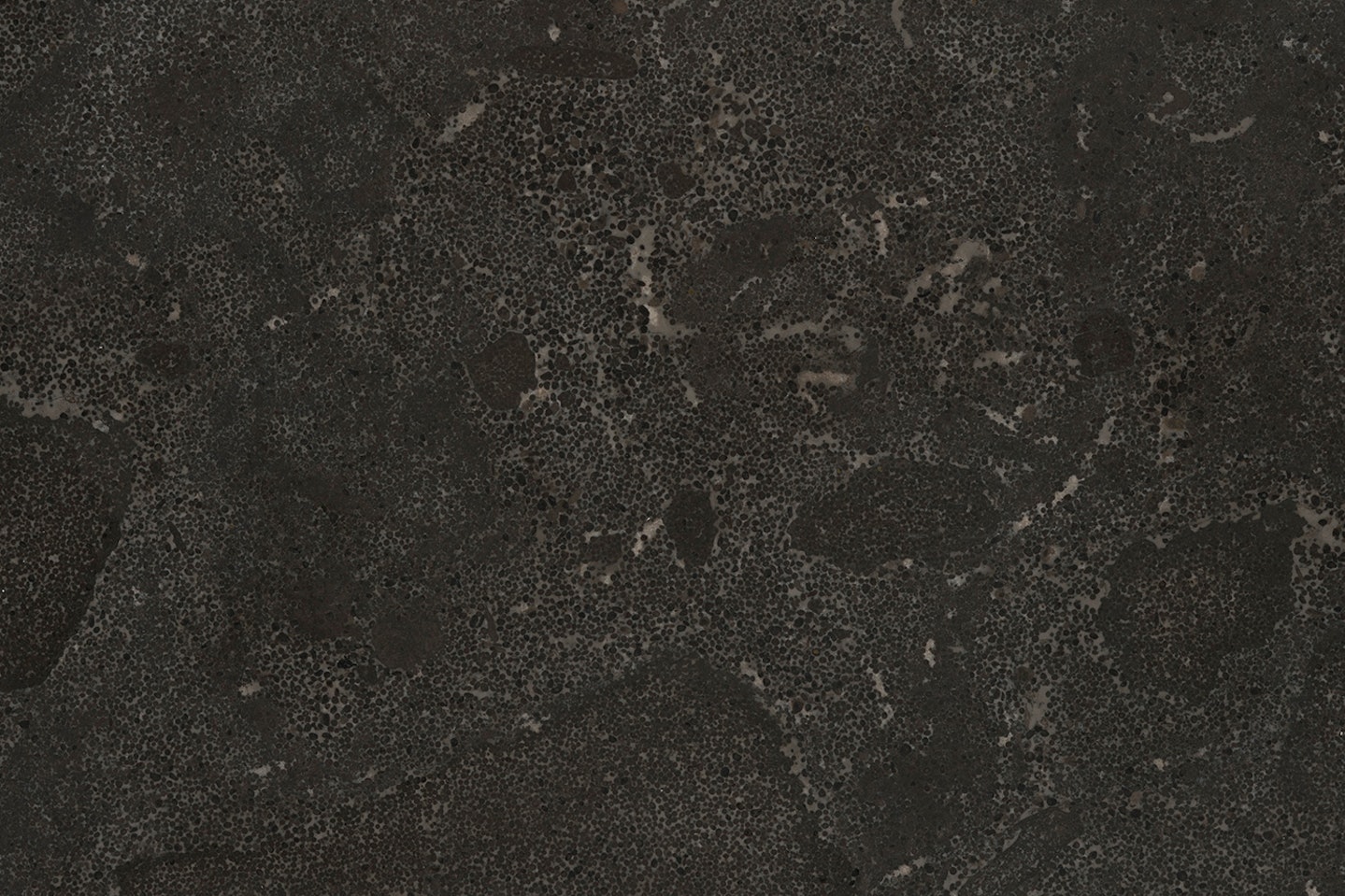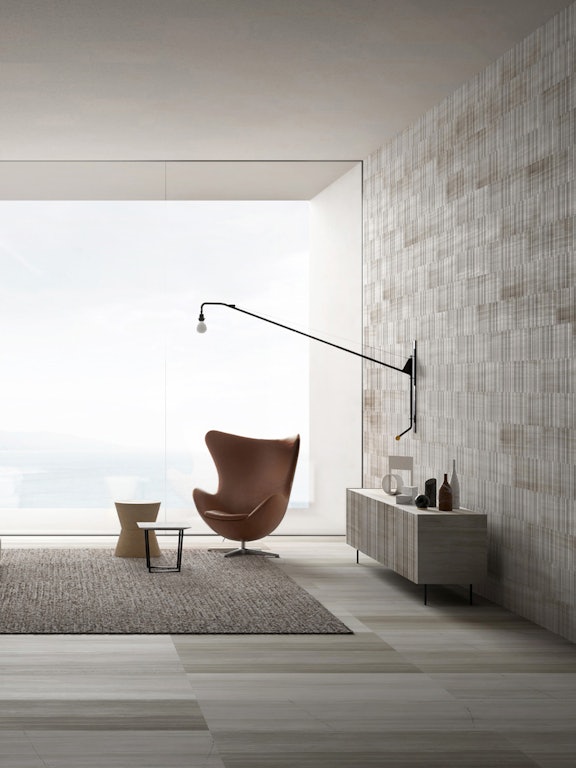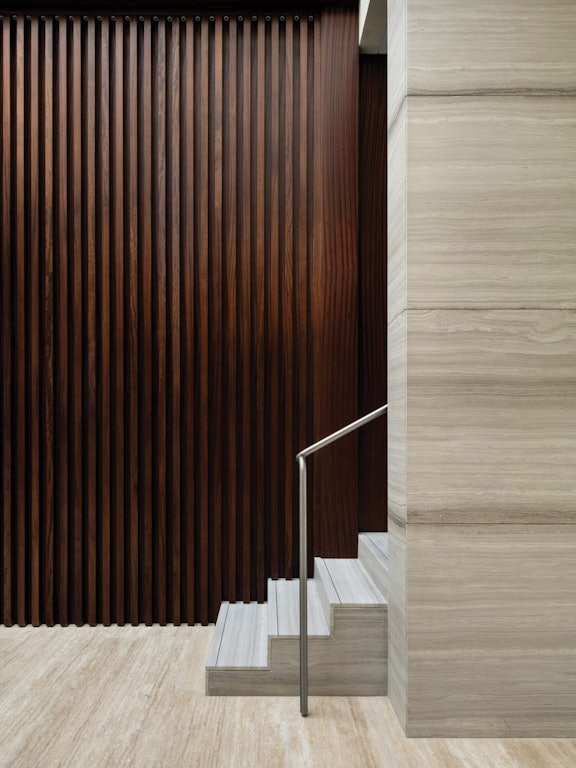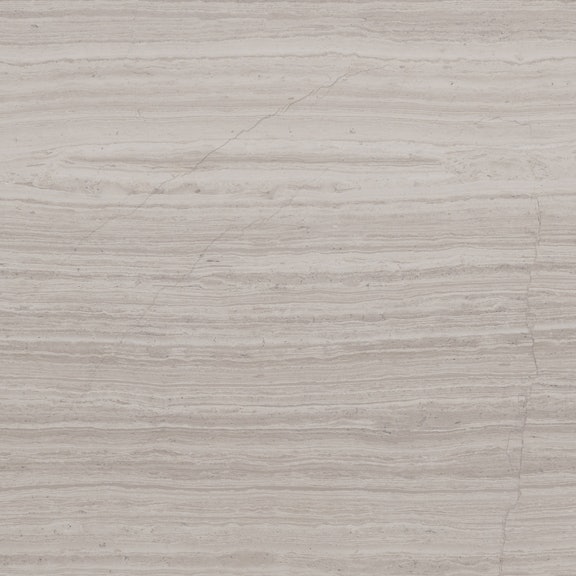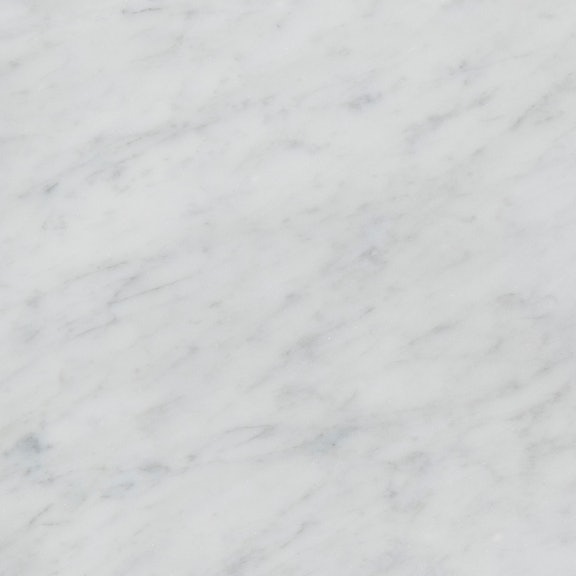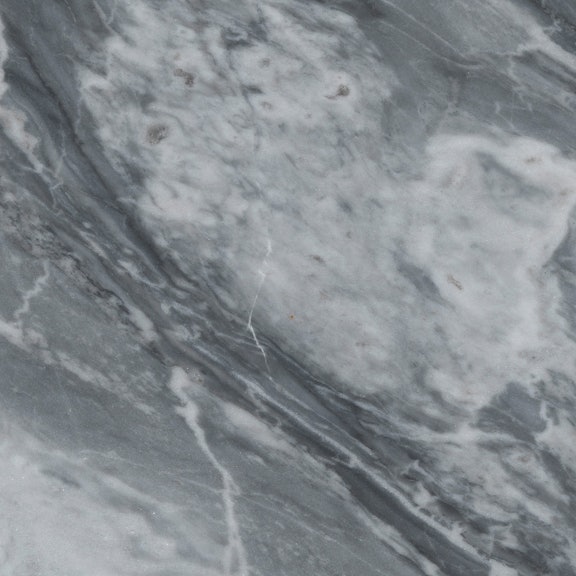Behind the scenes at Salvatori: how we choose our natural stone
03.2022
Natural stone is a much-loved material that is increasingly being used in modern architecture and interiors. We take a look at the 3 key criteria to consider when selecting it
3 simple steps to select the very best natural stone
Natural stone has been used since time immemorial for a vast range of purposes, from jewellery to statues to columns and imposing edifices. In fact, in Florence there is an institute of the Italian Ministry for Cultural Heritage called the Opificio delle Pietre Dure (which translates as Semi-precious Stones Workshop) which celebrates the art of working stone into objects to adorn our lives, a practice that has been around for centuries.
There are many aspects to consider during the selection process, requiring techniques and knowledge that only the true experts can really deliver. There is, however, also the aesthetic element, as these materials tend to have such an incredible variation in colouring and veining that, as beautiful and fascinating as they are, they can complicate the process.
We look at the 3 principles that, with the help of our experts, can enable the layperson to find the most suitable, highest-quality stone for a particular project. First, however, we will share a brief overview of the characteristics and quality in general of this extraordinary natural material.
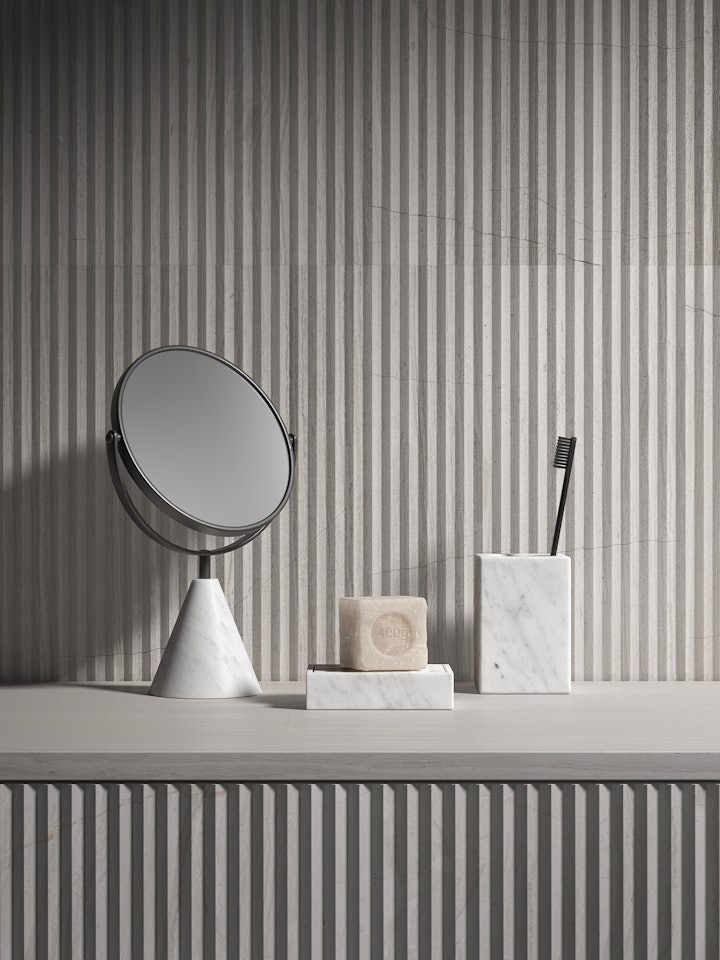
Quality and natural stone
One of the key things to remember when talking about natural stone is, of course, that is natural. That means that every single block is total unique, and in turn, you need to accept that as such, every slab and every tile will have certain characteristics that cannot or should not be tampered with. These include, for better and for worse:
- veining
- remnants of fossils
- lack of homogeneity
- durability and toughness
These qualities arise from the work performed over thousands of years by the earth and elements. Even stone from the same quarry can have different tonalities because, for example, of its exposure to the outside air. Each of these aspects lends a special charm to products created from natural stone, with the so-called imperfections making every single piece completely unique.
Striking the right balance between aesthetic and technical characteristics allows us, as experts in the sector for seven decades, to select the very best natural stone. While it is harder for the general public to fully access some of the more technical aspects, there are a few things you can learn to help inform your choice when thinking about a particular project.
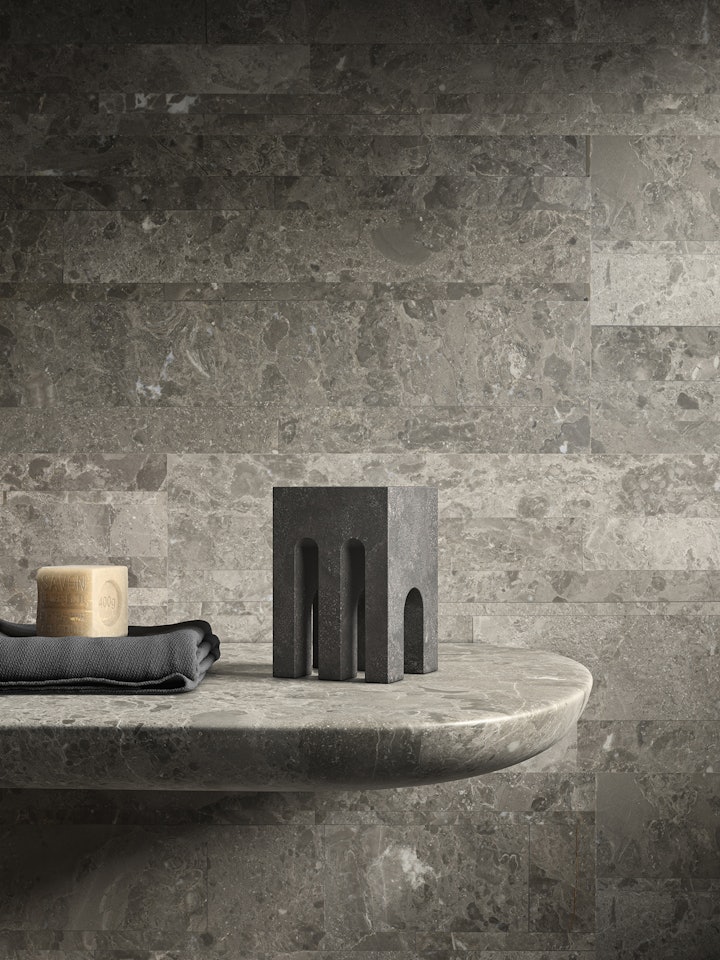
The 3 key aspects to consider when choosing natural stone
We have seen that stone is a natural material and as such, will always contain flaws such as tiny holes or traces of fossils or quartz. The word “flaw”, however, is misleading as they are actually distinctive characteristics that make stone a unique and much sought-after raw material, and one which attracts some of the world’s most well-known figures in design and architecture.
If you have fallen in love with natural stone (which we can absolutely understand) and want to use it, we would always suggest you consult your designer or ourselves, but here are the 3 fundamental aspects to consider:
- quality of the raw material
- tonal cohesion
- colour grading
Each of these plays a key role so let’s look at them in a little more depth.
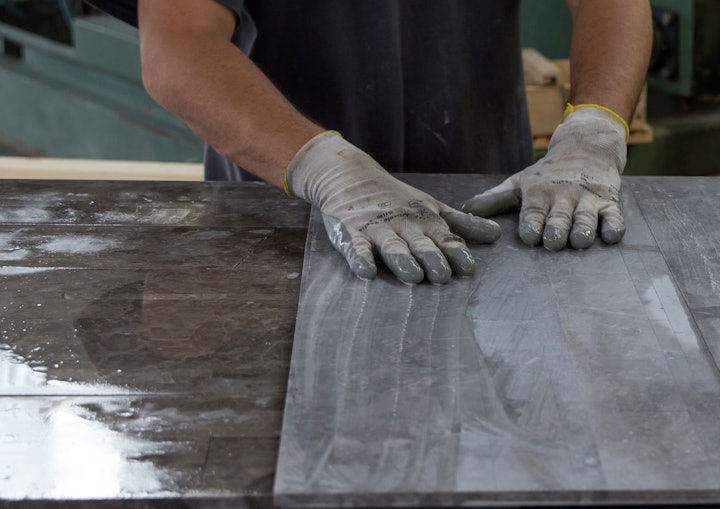
Quality of the raw material
Of course, it all starts with the quality of the stone and this generally involves a technical assessment which is usually carried out by the company or brand who will be manufacturing it. In our case, we adhere to extremely rigid parameters for every single block or slab we select.
The same goes for the pieces we cut, whether it’s for a tile, a bathtub, a table top or a smaller item such as a soap dish or tray. We look at every block, slab and piece and decide what type of product or texture it would best be used for, based on its suitability, finish, veining and tonality.
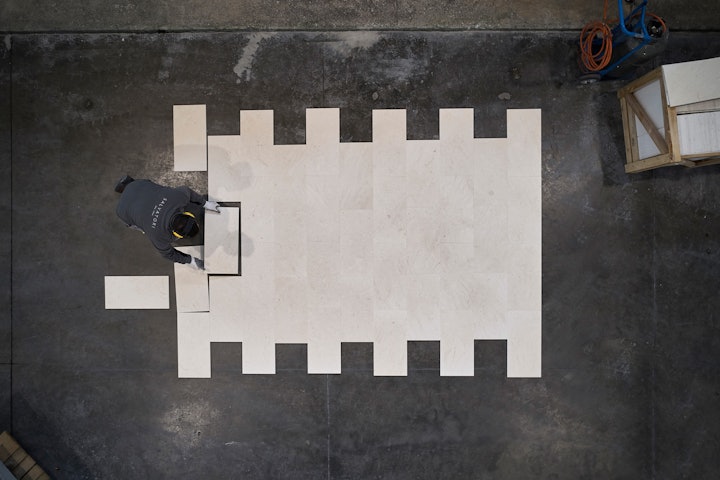
Tonal cohesion
When you look at a block or slab of marble, there is almost always a graduation of shading and veining and this is reflected in the tiles cut out of each slab. They may look completely different, and that is why it’s important to move tiles around and match them as closely as possible so as to recreate that graduation which seemed so natural and cohesive on the original slab.
This is something we try to help with as much as possible as we understand the importance of harmonious environments. Over the years, we have developed an approach when it comes to packing our tiles, whereby we provide our clients with batches of material of a similar tonality. Once we have cut the block or slab, we spend time colour matching the tiles (or, as we like to think of it, putting together the jigsaw puzzle) to reproduce a natural cohesive effect, thus saving time and possible issues when they arrive at the project site.
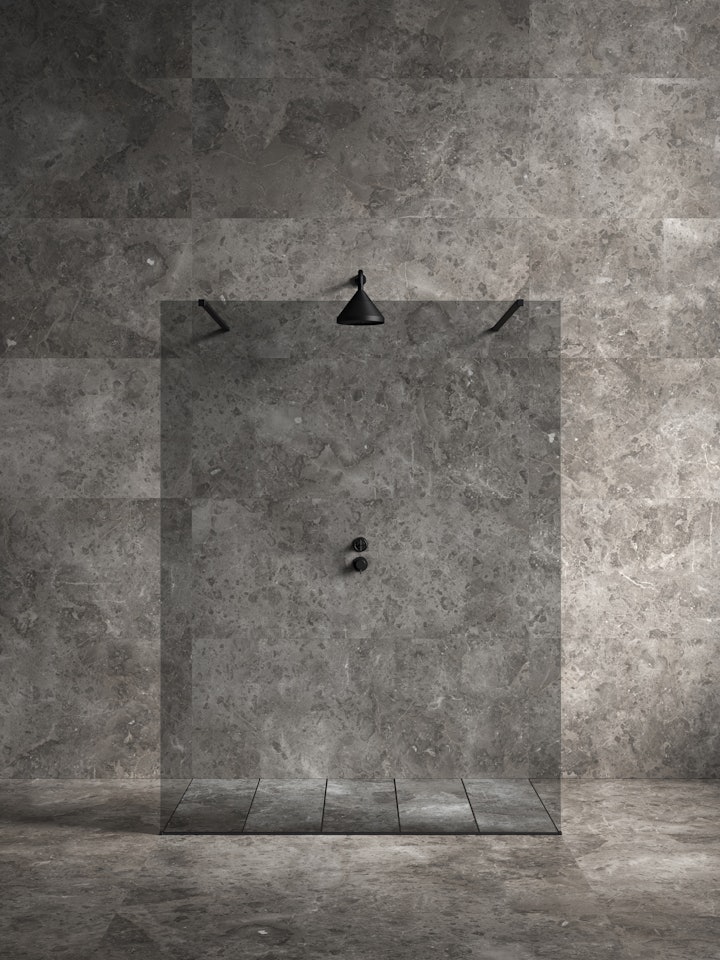
Colour grading
When we talk about colour grading, it is important to remember what we have already highlighted in this article: stone is a natural material so instead of “perfect harmony”, we tend to use the terms “perfect disharmony” or “minimal disharmony”.
To ensure minimal disharmony we also colour-grade every block or slab of stone that we receive before we start working on it. This also means that if a client wants additional material weeks, months or even years later, we can provide a close match to the original. For example, Bianco Carrara currently has almost 50 colour grades as evaluated by the Salvatori scale. Silk Georgette® which is popular for its wonderful waves of colour, is categorised by 20 tonalities. A very few types of stones, such as Pietra d’Avola limestone, are more homogeneous and as such there is no need to categorise them.
Working with natural stone for so many decades, we think it’s fair to say we know it inside out and understand how to work with it to obtain a cohesive effect, including colour grading it. We also work closely with our suppliers to limit extraction in order to reduce the types of tonality, which again, is extremely helpful for clients who come back asking to add tiles some years later.
Now that we have covered the key aspects to consider when choosing a natural stone, you can start to put your newfound knowledge into practice. We invite you to browse our website where you will find a palette of elegant stones from cool white to luxurious dark brown, all in a range of innovative textures.
Each of the aspects described is fundamental to ensuring you are as happy with your choice when it is installed as when you chose it, so one of our products catches your eye and you have any questions about it or want to be sure it is suited to the use you have in mind please feel free to get in touch. One of our team of experts will be delighted to help.
